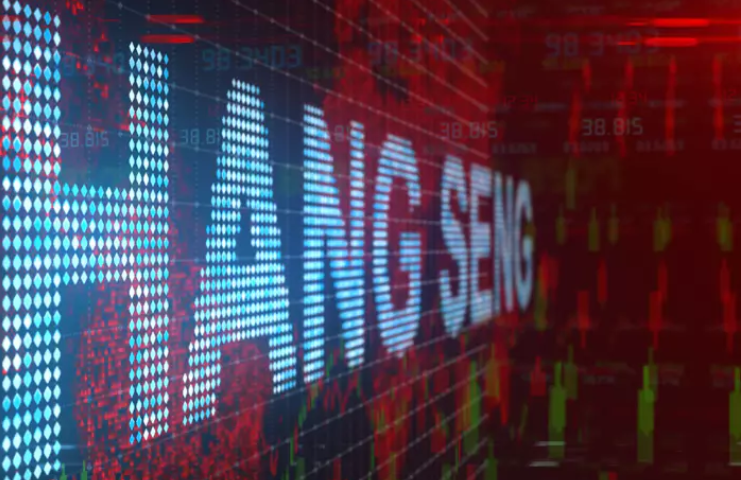
Jimmy Khan
Feb 20, 2023 16:01

There is no doubting that the present macroeconomic environment is producing a wonderful sweet spot for commodities, regardless of whether 2023 brings in a period of stagflation or even a recession.
The January Producer Price Index data revealed that the Fed's efforts to combat inflation have had a tremendous run, but that actual success is far slower than what policymakers are telling the markets to think with their new "disinflationary" narrative.
Maker's Pricing Concerns over inflation's stickiness increased in January when U.S. inflation increased more than anticipated.
Traders are aware that the Producer Price Index, which is seen to be a leading sign of where Consumer Price Inflation will be in a few months, increased 0.7% from December to last month. It exceeded the predicted growth of 0.4%.
The PPI, which analyzes prices paid to manufacturers for goods and services on a yearly basis, increased 6% over the previous year. It was down from 6.5% in December but still much higher than market expectations of 5.4%.
Since manufacturers pass on their costs to consumers, both in terms of raw material prices and the transportation of products to market, PPI rises often convert into CPI hikes with a lag.
Non-Farm Payrolls statistics from earlier this month revealed that the U.S. economy generated 517,000 jobs in January, far above estimates and outpacing the rise of 260,000 in December. Although average hourly wages increased steadily and the unemployment rate decreased to 3.4%, it was the lowest level since May 1969.
Although this is excellent news for workers, it is poor news for the Fed since it increases inflationary pressures in the economy because of the hot labor market and faster pay rise. You can't help but doubt the Fed's new disinflationary thesis when you combine it with the persistent and stickier Producer Price and Consumer Price Inflation statistics.
The Fed deserves some credit for winning the simple war against price pressures by bringing inflation from 9% to 6%. Yet the central bank's largest and toughest job to date will likely be bringing inflation from its present level to the Fed's 2% objective. This suggests that throughout 2023, "Sticky Inflation" will continue to be one of the key macro themes driving the markets.
If history is any indication, either scenario—Stagflation or a Recession—will eventually provide an extraordinarily profitable background for future commodity prices, that much is clear.

Feb 16, 2023 15:59

Feb 20, 2023 16:10